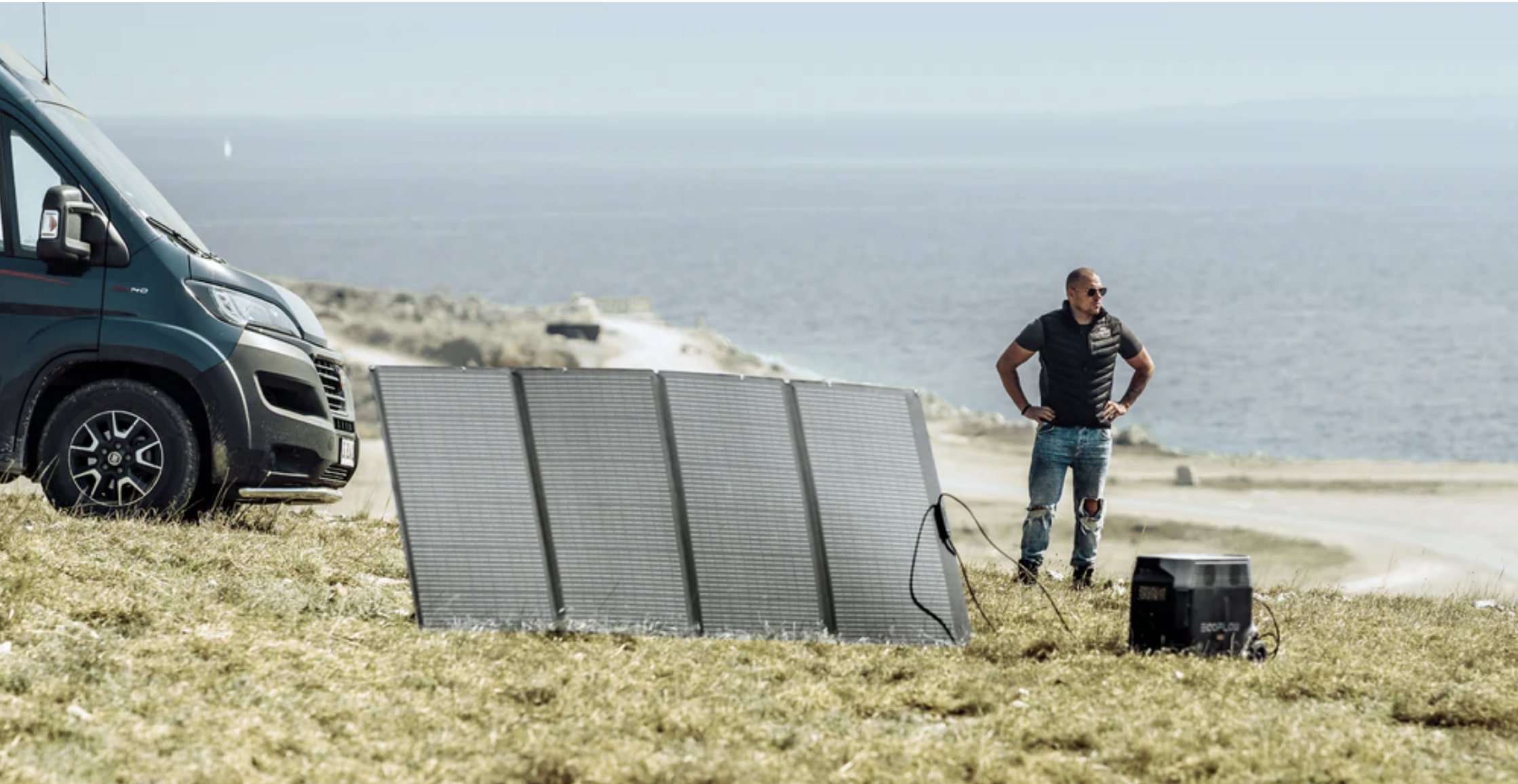Converting Bikes to E-Bikes Creates Extensive Collection

I had the pleasure of meeting Ian Ellis at the recent Yeppoon EV Expo. He has made an extensive collection of vehicles for himself by converting bikes to e-bikes. Here is his story in his own words.
Contrary to the consensus opinion, I believe that normal bikes are sufficiently sturdily constructed to handle the fitment of an electric motor and battery, if use is restricted to cycle paths, footpaths, and bike lanes for hybrid bikes. Converted normal mountain bikes can easily withstand the abrasions of gravel roads and rail trails as well.
My limited experience of the rigors of mountain bike single tracks would suggest that a purpose-built commercially available mountain e-bike would be advisable.
e-bikes are basically of two types — firstly, those fitted with a hub motor in either the front or rear wheel, and secondly, those described as “mid drive,” where the motor powers the chain ring and cranks directly. My experience as an e-bike builder is solely with the latter.
The building process using one of the commercially available kits is a relatively simple process. Firstly, the donor bicycle has to be prepared by removing all the components from the bottom bracket — that is, the pedals, cranks, chain rings, and axle. Depending on how corroded and rusted these components are, that will determine the difficulty of the task. It is usually a significant undertaking. The front derailleur and the lever on the handlebars will also need to be removed. The commonly available kits appear to be designed for threaded bottom brackets that are 68 to 73mm in length. In other words, hybrid and mountain bikes designed and built 15 to 20 years ago or longer. Mountain bikes of more modern design have bottom bracket lengths of 100mm and are too wide to accept the electric motor housing.
The next stage of the process is to fit the battery. The battery sits in a cradle which in turn is fixed to the bicycle using the water bottle cage fastening points. The weight of the battery depends on its capacity and can be of a considerable size (e.g., 3.5 to 4 kg). That represents a considerable stain on the anchor points, so I usually add a third Riv-nut for additional support.
The third and final stage involves making all the electrical connections and sorting out the aesthetics of the final product — in other words, camouflaging the electrical cables, which always appear to be excessively long. With the commercially available products, the cabling is directed inside the frame tubing resulting in a neat and tidy appearance. That isn’t the norm with DIY kits. The cabling is always very noticeable.
My e-bike collection is becoming quite extensive. It includes three hybrid or touring style bikes, one of which has a step-thru or “lady’s” frame for my partner to use; seven 26” wheel mountain bikes, including three that are dual suspension and one beach cruiser. All are unique and significantly different enough to give a different riding experience. All are for recreational use only.
For a thorough look at e-bikes, check out our brand new E-BIKE GUIDE.
Appreciate CleanTechnica’s originality and cleantech news coverage? Consider becoming a CleanTechnica Member, Supporter, Technician, or Ambassador — or a patron on Patreon.
Advertisement
 This post has been syndicated from a third-party source. View the original article here.
This post has been syndicated from a third-party source. View the original article here.





